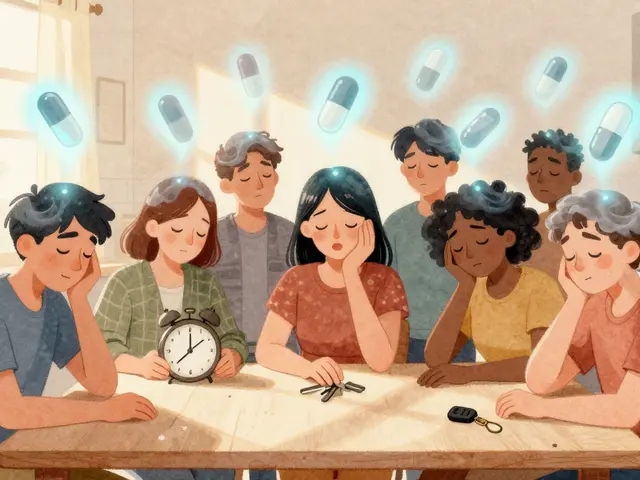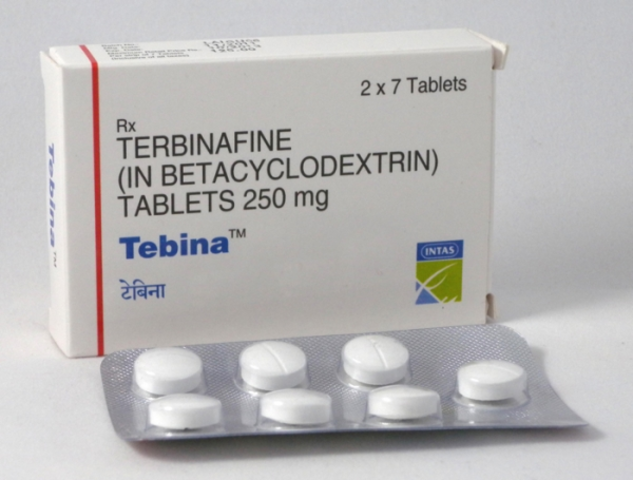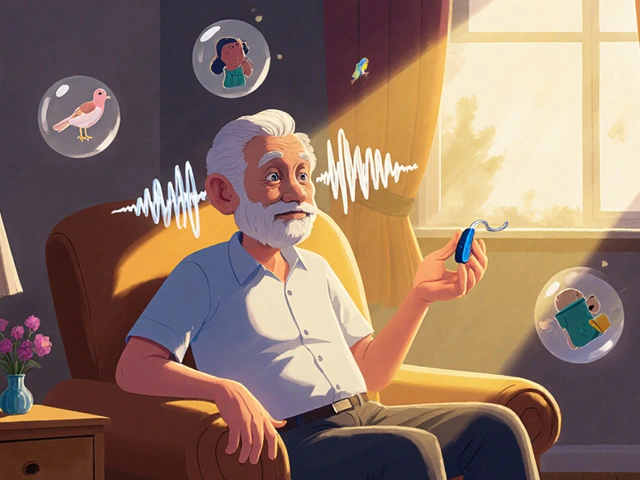Children: Practical Medicines & Safety Tips Every Parent Needs
Giving medicine to a child can feel stressful. One small mistake with dose, timing, or storage and you worry for days. This page pulls together clear, practical tips you can use right away—how to measure doses, when to call a doctor, and how to buy or store meds safely for kids.
Measure, don’t guess: dosing tips that work
Always use the syringe, dropper, or dosing cup that comes with the medicine. Kitchen teaspoons vary a lot and can cause overdoses. If the packaging only lists mg instead of milliliters, ask your pharmacist for the correct mL dose. For liquids, give the dose slowly toward the inner cheek so the child swallows without choking.
Keep a simple log: time, dose, and who gave it. That prevents double doses when different caregivers are involved. If your child throws up within 10–15 minutes of taking an oral dose, call your pediatrician for advice—sometimes you’ll need to repeat the dose, sometimes not.
Know when to call the doctor or go to the ER
Call right away if your child: has trouble breathing, shows a sudden rash or swelling, becomes very drowsy or hard to wake, has repeated vomiting or can't keep fluids down, or shows signs of severe allergic reaction after a new medicine. For high fevers in infants under 3 months, seek care immediately. For older kids, a fever plus stiff neck, severe headache, or unusual behavior also needs prompt evaluation.
For common issues like coughs or mild ear pain, use the guidance your pediatrician gave before; if symptoms worsen after 48–72 hours or don’t improve with treatment, recheck with your clinic.
Storage and safety matter. Keep all medicines in original containers, out of reach and sight of children, ideally in a locked box. Don’t store meds above the sink or stove where humidity and heat can degrade them. Expired meds should be disposed of safely—local pharmacies often run take-back programs.
Be cautious with over-the-counter products. Never give adult formulations to kids unless a doctor tells you to, and avoid combination cough-and-cold medicines in young children. For antibiotics like azithromycin (Zithromax), follow the full course exactly as prescribed. Stopping early can let the infection return and may breed resistance.
If you buy medicines online, use only reputable pharmacies and never skip a prescription when one is required. Our site has reviews and tips on trusted online pharmacies and how to spot scams—check those resources before ordering from abroad. Also read up on customs rules if you consider importing meds, because some countries restrict quantities or specific drugs.
Simple checks protect kids: measure doses carefully, keep a medication log, store meds safely, and call your pediatrician when in doubt. For practical guides on common pediatric drugs and dosing, see our articles on antibiotics and vitamin D—quick reads that help when you need clear answers fast.
29
Phenergan: Uses, Side Effects, and Safety Tips for Kids and Adults
Curious about Phenergan? Discover how this common medication is used for allergies, motion sickness, and nausea, along with crucial safety advice. Find out how Phenergan works for both kids and adults, what side effects to watch out for, and practical tips every parent or patient should know. Understand dosage, when to avoid the drug, and real-life insights for better medication decisions. All the answers, all in one place.
Latest Posts
Popular Posts
-
 Small Intestinal Bacterial Overgrowth: Breath Tests and Treatment Explained
Small Intestinal Bacterial Overgrowth: Breath Tests and Treatment Explained
-
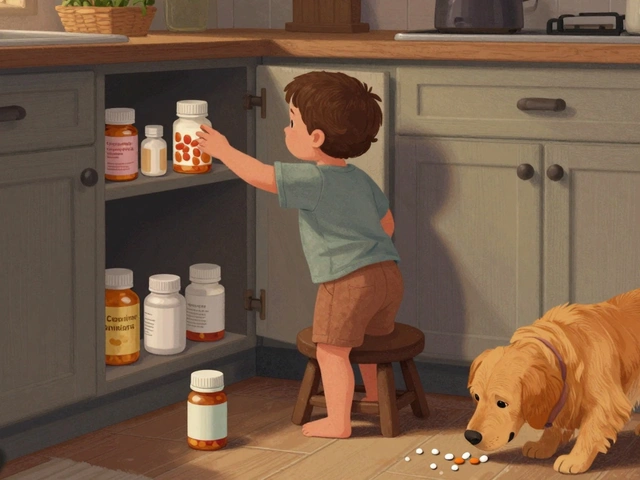 How to Keep Medications Safe from Children and Pets at Home
How to Keep Medications Safe from Children and Pets at Home
-
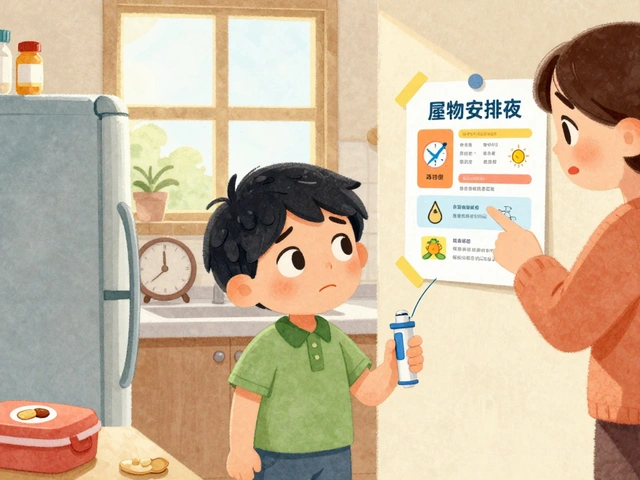 Allergy Action Plan: Essential Medications to Carry and When to Use Them
Allergy Action Plan: Essential Medications to Carry and When to Use Them
-
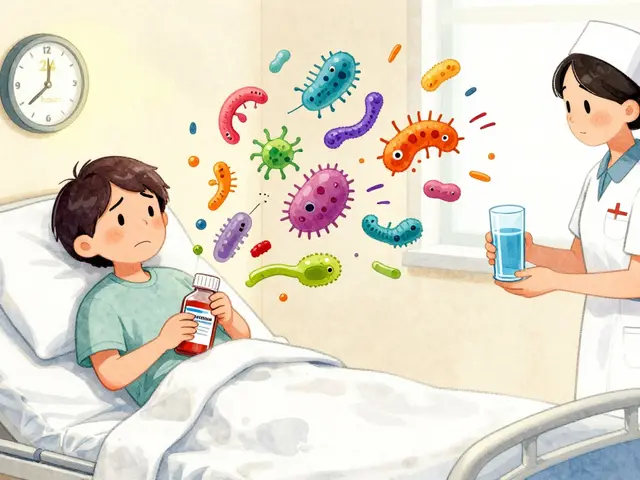 Medication-Induced Diarrhea: How to Prevent and Treat It Effectively
Medication-Induced Diarrhea: How to Prevent and Treat It Effectively
-
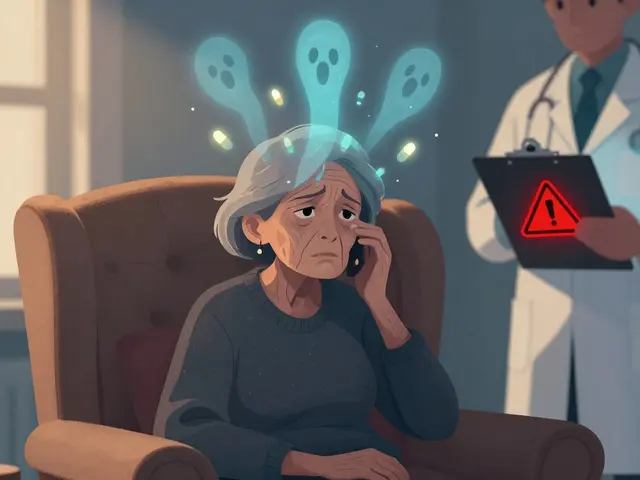 Antipsychotics and Stroke Risk in Seniors with Dementia: What You Need to Know
Antipsychotics and Stroke Risk in Seniors with Dementia: What You Need to Know

